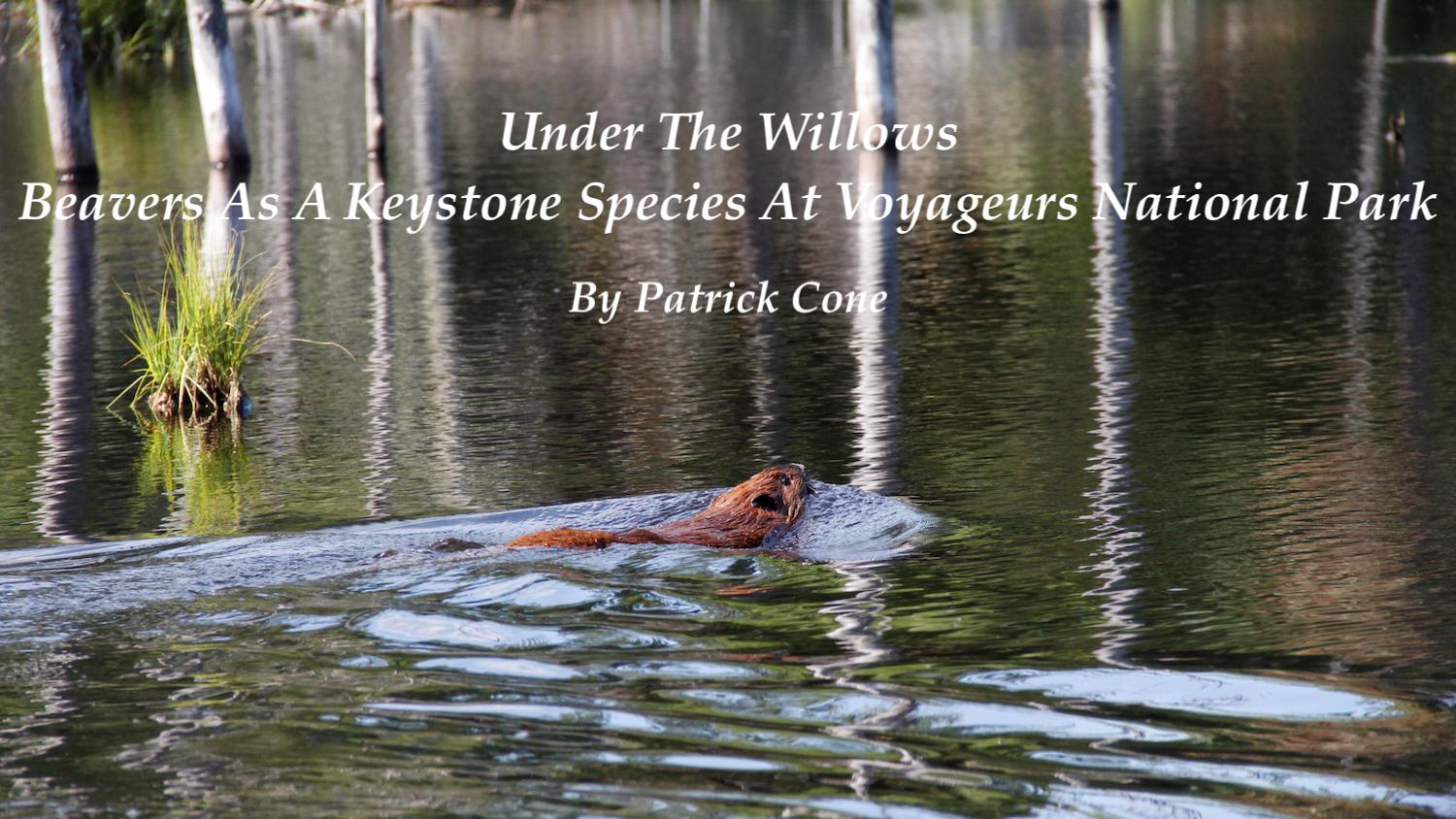
In northern Minnesota, tucked up against the Canadian border, thousands of furry engineers are at work. They’re felling trees, building dams, flooding meadows, holding back water and creating a watery habitat for many other species. They are of course, beavers. These giant rodents can weigh up to 60 pounds, and were once trapped relentlessly by French-Canadian explorers for their dense, waterproof fur. They were nearly eradicated, but today, in Voyageurs National Park, there are about 3,000 of these creatures, doing what they do best. They are a keystone species, for birds, fish and especially wolves and moose that roam the park.
Bob DeGross, Voyageurs' superintendent, gives some historic perspective.
“The very name of the park and the purpose is tied to the beaver and its role in eventual development of Canada and the United States. The park was established to maintain a viewshed of what the European voyagers would have seen in the area. The European culture connected with the indigenous cultures along the Canadian border,” he said during a recent phone call. “Even though there was an insatiable appetite since the late 1600s into the 1800s, the species was not extirpated. They’ve always been in the landscape here. They are the engineer that changes the environment, and have helped against fires. It’s an amazing keystone species, that changes the environment, that all of the other species have adapted to it.”
And Voyageurs is a perfect habitat, if you’re a beaver. The park covers nearly a quarter of a million acres of cliffs and ridges, wetlands and marshes, streams and lakes and dense forests. Accessible primarily in the summer by boat, and in the winter by ski, visitors can fish, camp, and hike through this vast wilderness. Walleye, pike, and bass populate the four main lakes -- Rainy, Kabetogama, Namakan and Sand Point -- alongside moose, river otter, muskrats, wolves and beavers.
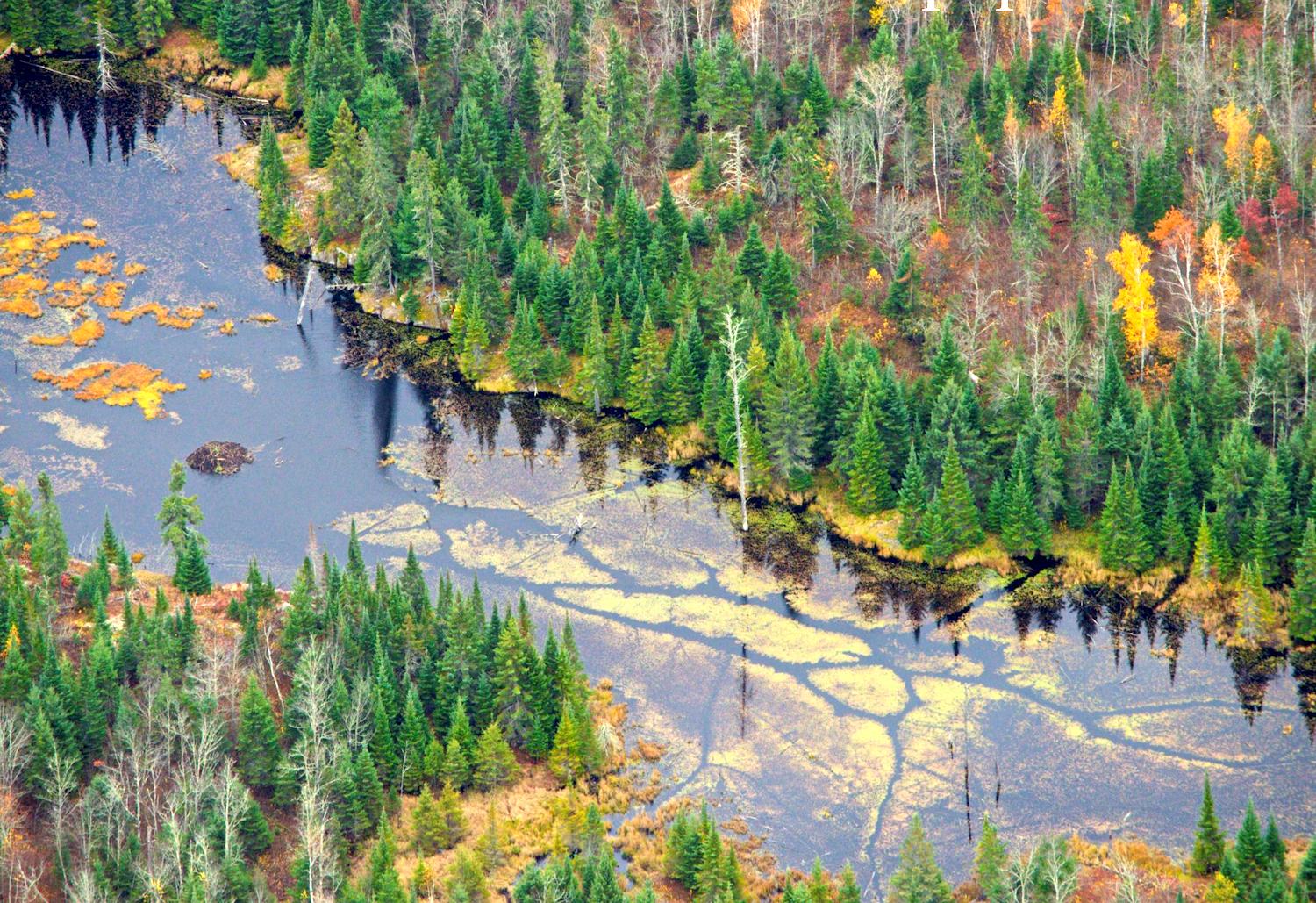
One of Voyageurs' beaver ponds/NPS
Beavers shape this landscape with their dams, ponds and lodges, but they also create habitats for many other species. Since the 1950s they have seen a major comeback, as fire and logging has regenerated new aspen, their primary food source. In fact, by 1986 on the Kabetogama Peninsula their population grew from just 71 to well over 800 animals.
They are now ten times more abundant in the park than in the rest of Minnesota, and spreading. Beavers naturally disperse from their lodges where they were born in their second or third year to find mates and establish their own colonies, sometimes up to 11 miles away. The furthest recorded migration was greater than 37 miles.
Voyageurs biologist Steve Windels has been studying beavers here since 2004, examining how they affect resource management, including water storage, sediment and nutrient transport, and the availability of wetlands as wildlife habitat. Windels himself has tagged more than 1500 beavers. From 2006-2009 beavers were studied in Rainy Lake and the Namakan Reservoir, tagged, weighed, measured, with age and sex noted. Of those nearly 490 individuals, ninety-eight of them were also outfitted with radio transmitters.
Beavers need water for predator-proof entrances to lodges, as well as access to food. And some of their dams and ponds are immense.
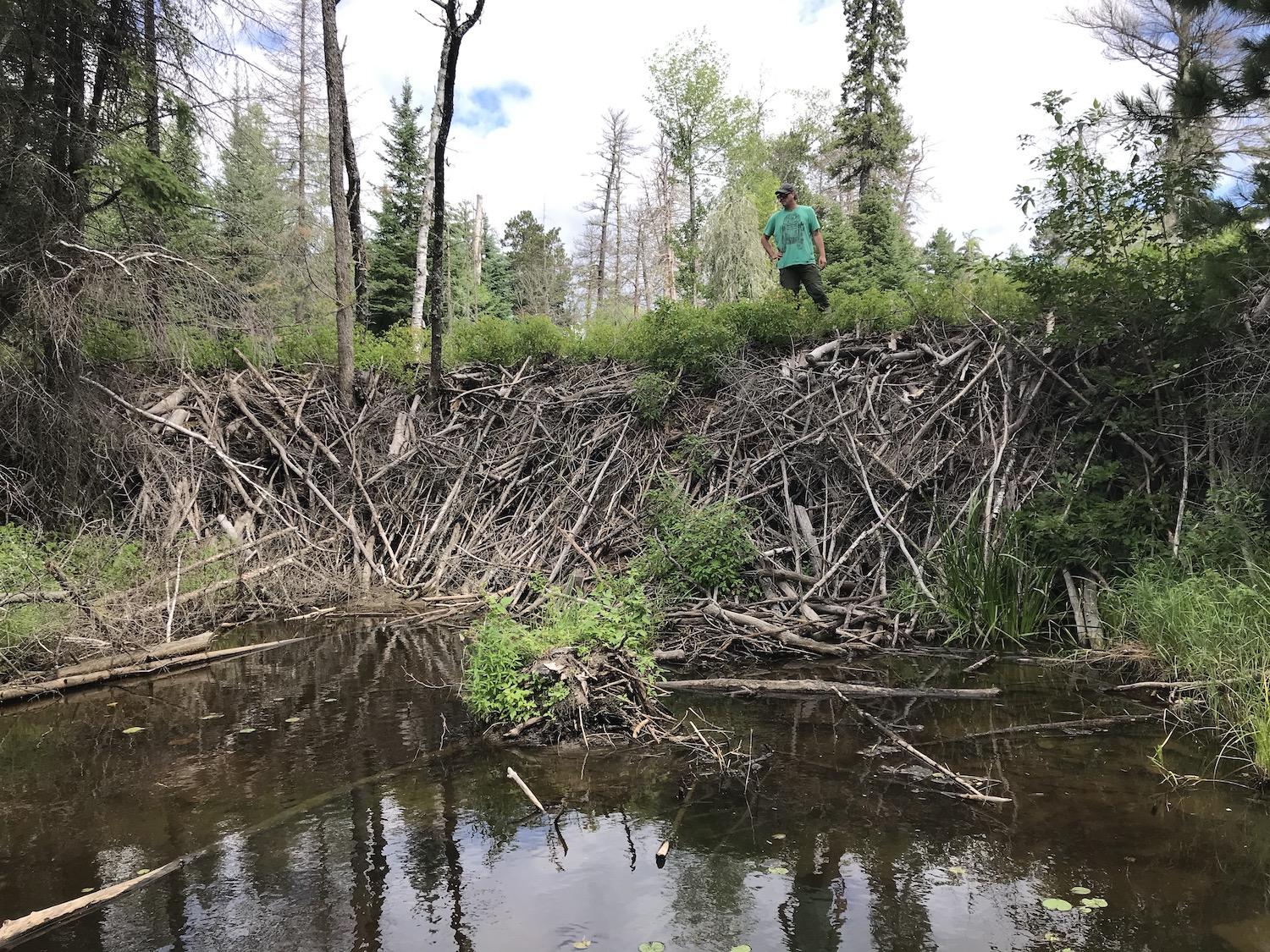
The Helms Deep beaver dam/NPS
“There is one dam we called Helm’s Deep, which measured 12 feet tall," notes Windels. "Beavers are crafty engineers. They’re pretty smart for a dumb animal; they impound the most amount of water with the smallest dams. Beavers cover about 13 percent of the landscape. What we see now is what we would have seen pre-settlement. It’s a window into the past.”
But wolves and moose are also dependent upon the beavers. The moose population was as low as 200 in 2006, a function of disease and habitat quality. They do like the aquatic vegetation that grows in beaver ponds.
“There are 40 to 50 moose in the park now,” Windels says.
And while moose and beavers coexist peacefully, the same can’t be said of their primary predator: wolves.
“Voyageurs is the only national park where we have never lost our wolves,” says the wildlife biologist. “They are opportunistic feeders, they’re not specialists. In this case, there’s lots of beavers in the landscape. Wolves are ambush predators; they sit and wait like a mountain lion.”
As wolves rely more upon beavers as a food source, young moose calves are spared during the summer months. Beavers are very vulnerable to predators when they are on land, and they avoid it when they can. In stream systems, beavers primarily travel by water, but when they go overland the wolves are lying in wait. The beavers are much easier to catch and kill than a moose. According to one study, there are packs that kill around 40 percent of all of the beavers within their territories, and wolves change nearly 90 of all beaver ponds in the park every year.
The biologists have tracked more than 800 kills of beavers and everything else wolves are eating, and surprising, only three of those kills were moose. And, wolves often live in the drained grasslands from older ponds.
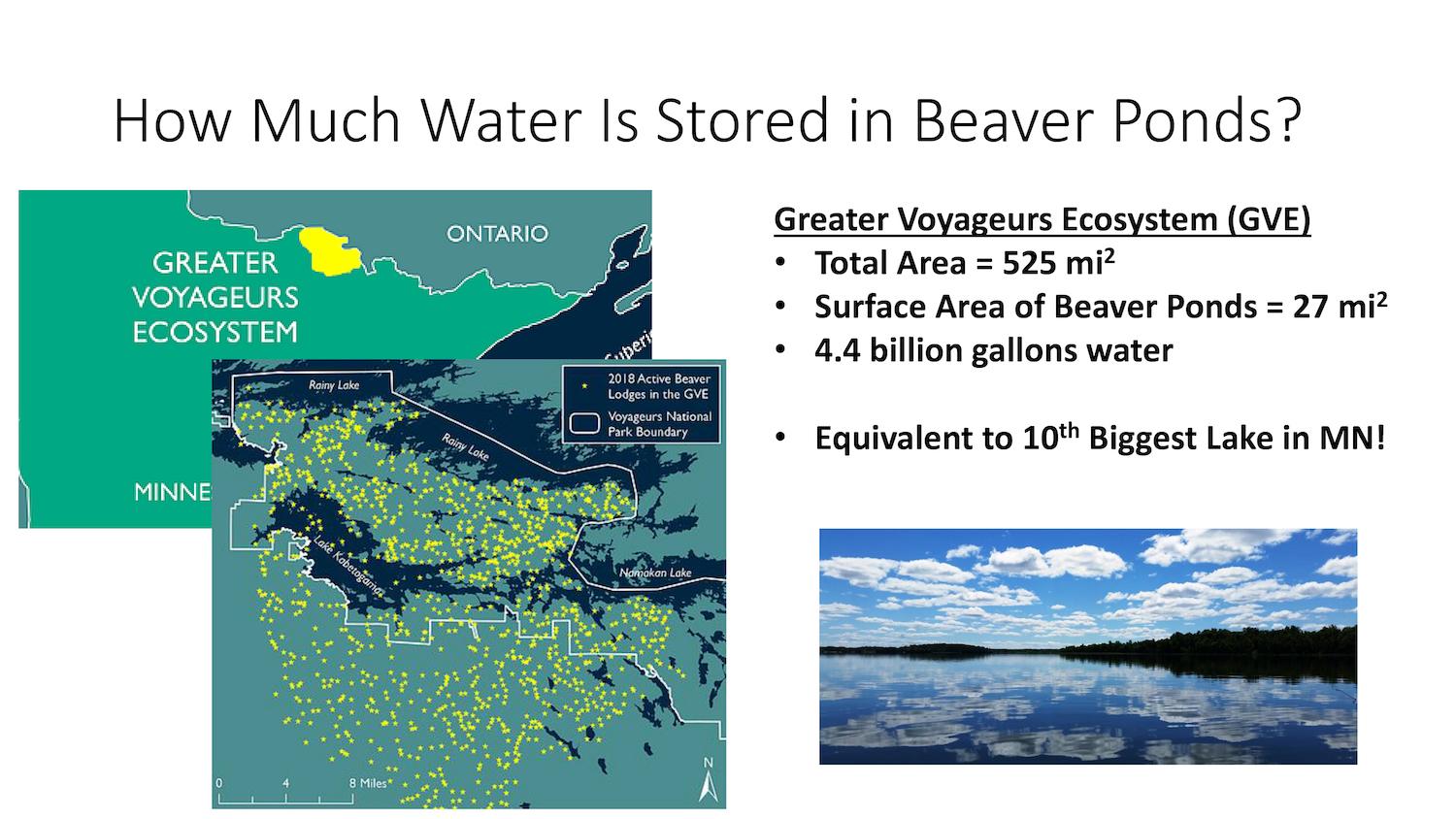
But wolves and moose are not the only species dependent upon beavers. Windels is also studying the interaction and dependence between muskrats and beavers. “Beavers tolerate muskrats really well," he says. "Muskrats sometime are even using the same lodges.”
Blue heron, osprey and eagles have also rebounded, as they nest above the ponds, and swans, geese, ducks, frogs, and toads take advantage of the open waters created by beaver dams.
Visitors have a front row seat to nature in action at every lake-front campsite.
“In the evenings as the motor boat subsides…you get that sense of being that voyager in the waterways and things start to quiet,” says DeGross. “There are typically loons, and if you’re lucky, wolves in the distance. Sometimes you’ll hear beavers slap their tails as they dive down.”
It's Northwoods wilderness at its finest.
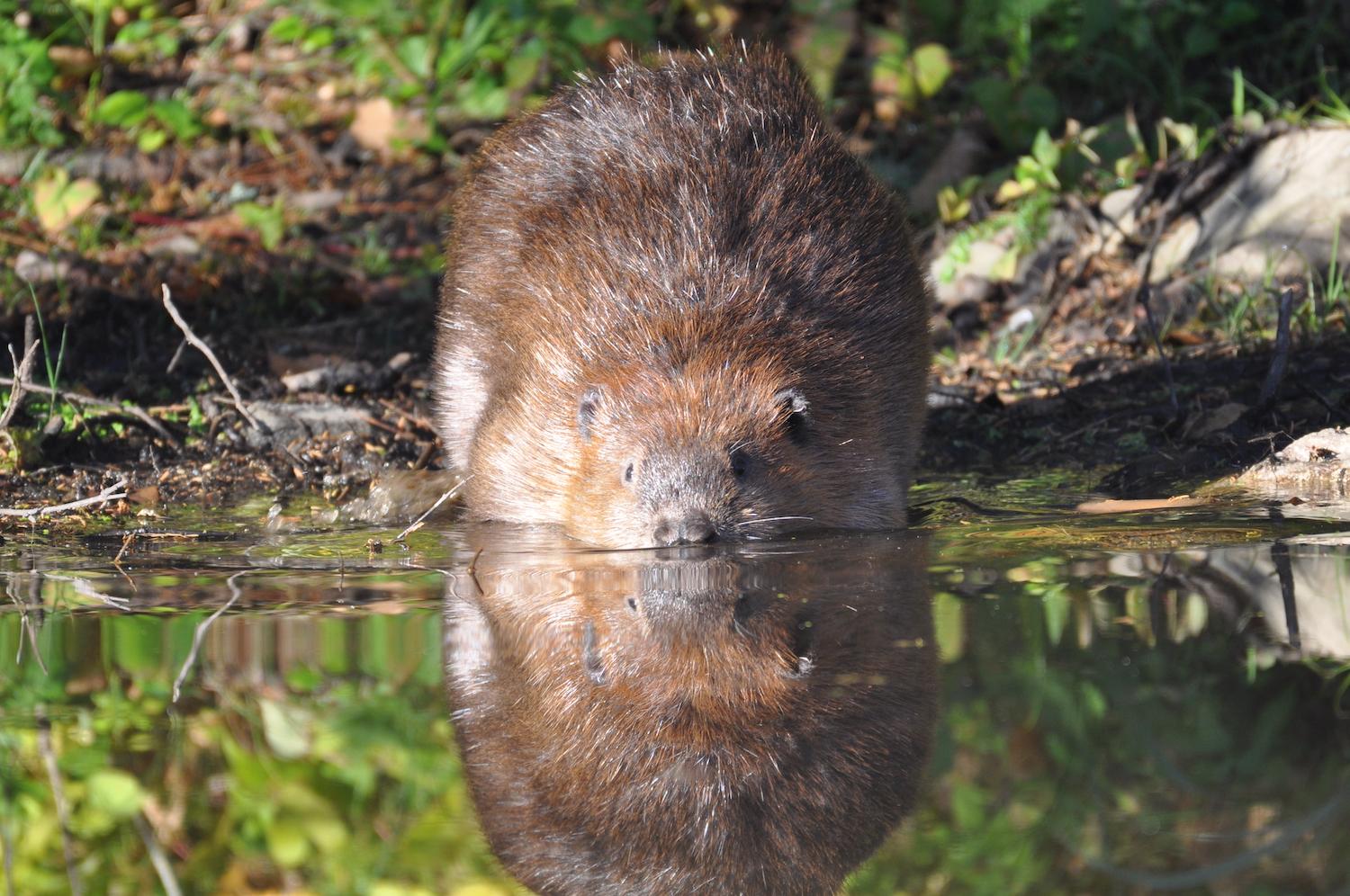
Science coverage from the National Park System is made possible thanks to the support of Earthjustice.
Other stories in this series:
Using Beavers To Restore Wetlands In The National Park System
Under The Willows| Beavers Partner With National Parks For Landscape Restoration
Under The Willows | Putting Beavers To Work In Rocky Mountain National Park
Under the Willows | Beavers Return To Bandelier National Monument

